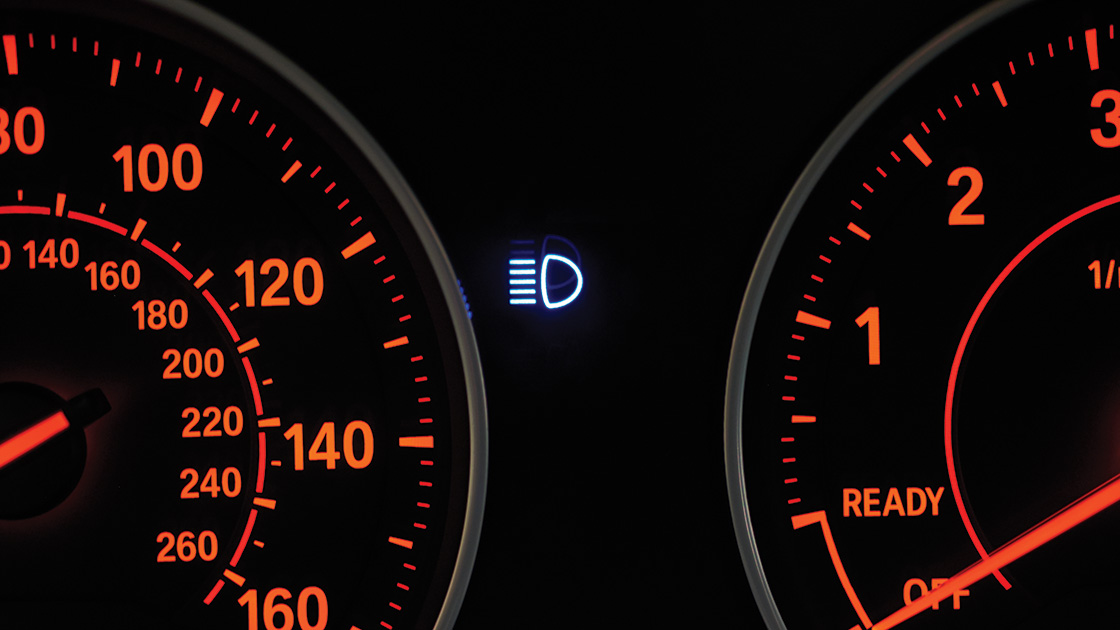Few drivers use their high beams, study finds
March 30, 2016

While the headlights on most cars need improvement, there is one simple thing that drivers can do to improve visibility in any vehicle: use their high beams. A recent study, however, shows that drivers rarely turn them on.
The finding supports the Institute's decision to award extra credit in its new headlight ratings for high-beam assist, a feature that automatically switches between low beams and high beams, depending on whether other vehicles are present.
Researchers from IIHS and the University of Michigan Transportation Research Institute observed high-beam use at night on roads around Ann Arbor, Mich. The observation sites included both rural roads and urban streets, and all but one had poor or nonexistent lighting. Some of the roads were straight, and some were winding.
The researchers deemed a vehicle isolated enough to use high beams if other vehicles were 10 seconds or more away.
Of about 3,200 isolated vehicles observed, 18 percent had their high beams on. At one unlit urban location, use was less than 1 percent. Even on rural roads, drivers on average used their high beams less than half of the time they should have for maximum safety.
The researchers also conducted a telephone survey of drivers in the Ann Arbor area and found that drivers overestimate how often they use their high beams when compared with what the observations showed. More than 80 percent of respondents said they use their high beams most or all of the time on rural roads.
"It may be that drivers are being too polite and keeping their 'brights' off whenever there are other vehicles in sight — even if those vehicles are far enough away not to be bothered by the glare," IIHS Senior Research Scientist Ian Reagan says. "Another possibility is that they are simply forgetting to switch to high beams. In either case, high-beam assist could be a good solution."
To be an effective remedy, however, high-beam assist will need to be embraced by consumers. The survey showed that some people may be reluctant to drive a vehicle with the technology. Only 43 percent of survey respondents said they would like to own a vehicle equipped with high-beam assist.
"A third possible explanation for the low rate of high beam use is that drivers believe they see fine without them," Reagan adds. "If that's the case, they may not see the point in purchasing a vehicle with high-beam assist and activating the feature."
Of the 31 midsize luxury and nonluxury cars for which IIHS is releasing headlight ratings, 18 have available high-beam assist.